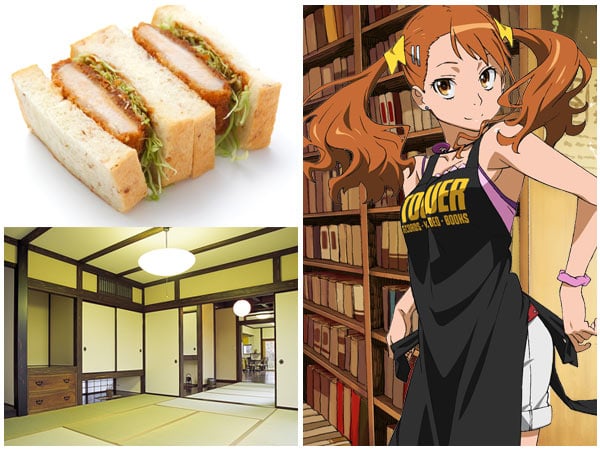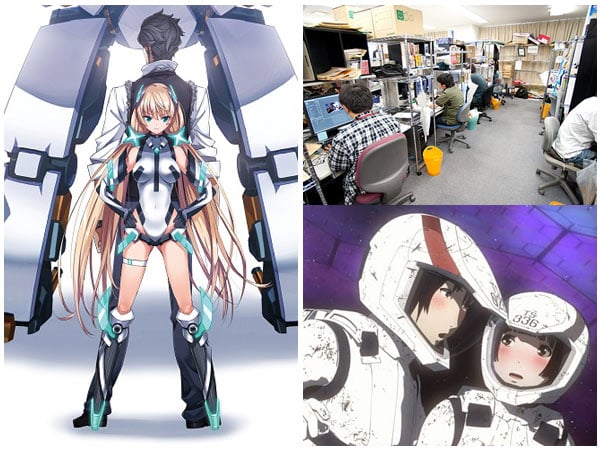
One of my favorite Japan-related concepts is 和洋折衷 wayoh setchu, which means “a blend of both Japanese and Western influences.” The term comes up a lot in architecture, fashion and also cuisine, for example to describe variations in the traditional dishes eaten over New Year’s made with Western foods instead of purely Japanese ones, which leads to a richer overall culinary experience. One of my favorite examples of blended food culture is katsu sand, a Western-style sandwich made of Japanese pork cutlet and that heavenly sauce, which was invented in 1935 as a convenient food that geisha could eat without messing up their lipstick. One of the reasons J-List has been successful as a company is, I think, the way we combine the best of East and West, with the foreign staff bringing entrepreneurial energy and a vision about what makes Japan special that only “outsiders” could have, and the hardworking Japanese staff forming the backbone of the company. Whenever a Japanese product buyer starts working at J-List, I work closely with them to teach them to see their country from the outside, as we do. For example, to a normal Japanese person those clear plastic umbrellas that are ubiquitous in Japan are the most boring thing ever, certainly not something someone in another country would want to buy. But I knew better, and when I insisted we try selling the umbrellas (which are seen in films like Battle Royale and Lost in Translation) on the site, they become a huge hit.
Sometimes I like to toss out requests on J-List’s Facebook page or Twitter feed and see what questions our followers have about Japan, and one reader asked me to talk about how wages work here. We’re currently three years into the second administration of Prime Minister Shinzo Abe, who has tried to get the Japanese economy growing after two decades of near stagnation. Japan is a country that’s had basically zero inflation ever since the Tokyo asset bubble burst at the beginning of the 1990s. While having a carton of milk or a train ticket cost the same in 2015 as it did in 1991 sounds nice on the surface, the flipside is that if prices don’t increase, the economy doesn’t grow and wages stagnate, too. The minimum wage in Japan is around 880 yen, or US$7.35, which sounds low in part because the dollar is so strong right now. (Just two years this amount would have translated to US$10.30, with no difference in local buying power.) Despite a mini-recession caused by an unpopular consumption tax increase last year, there’s some indication that wages might finally start going up, as industry leaders heed the government’s call to bump them up. Wages might be rising soon for another reason: with an unemployment rate of just 3.5 and a continually falling birthrate, companies may soon have to pay more in order to find employees. I’ve heard that waiters in the Nagoya area, where Toyota is located, make $20 an hour or more, which restaurant owners have to pay to keep their staff from being headhunted by the booming auto industry.
As you know, J-List and our sister company JAST USA are involved in licensing and translating the best visual novels in Japan, so you can play them in English with no silly mosaic censorship. We’ve been on a roll lately, releasing the outstanding Littlewitch Romanesque, the Kana Okaeri ~ Welcome Home Kane remake and the beautiful “sword opera” Hanachirasu, which came out last week. We’ve got great news now: we’re opening Raidy III up for preorders! The game is nearly done, so preorder the Limited Edition right now!
















